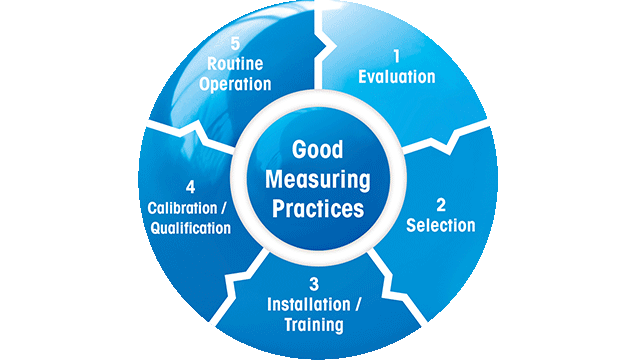The GxP programs are developed on sound metrological principles and are based on current regulations and best practices. Experts from METTLER TOLEDO work with international and national committees to improve and develop new industry standards (e.g., ISO, USP, Ph.Eur., ASTM, OIML, EURAMET, ILAC, EURACHEM, and others).
The GxP programs help you document and prove that your instruments are fit for their intended use – as is required by every major quality standard and guideline such as ISO 9001, Good Laboratory Practice (GLP), Good Manufacturing Practice (GMP), Global Food Safety Initiative accepted standards (BRC, SQF, etc.), and others. Furthermore, the individual GxP programs help you meet instrument-specific standards, such as USP 41, Ph.Eur. 2.1.7, OIML R76-1, EURAMET cg-18, and ASTM E898 for weighing (GWP) or ISO 8655 for pipetting (GPP).





































